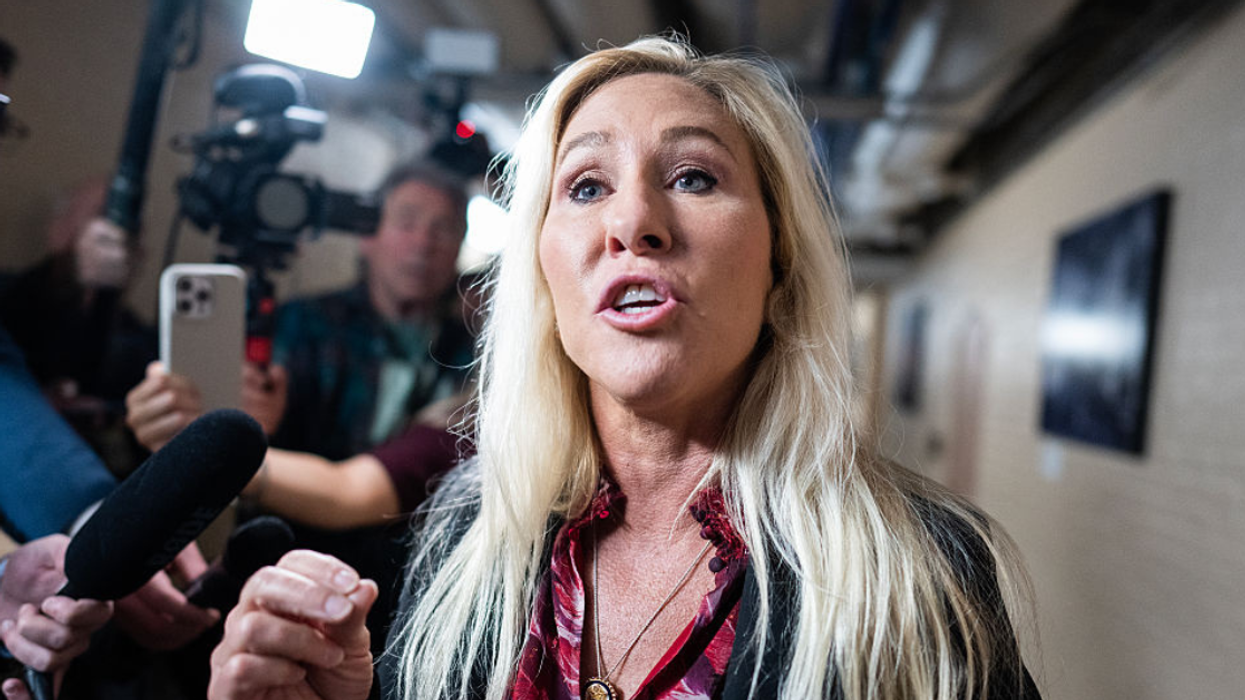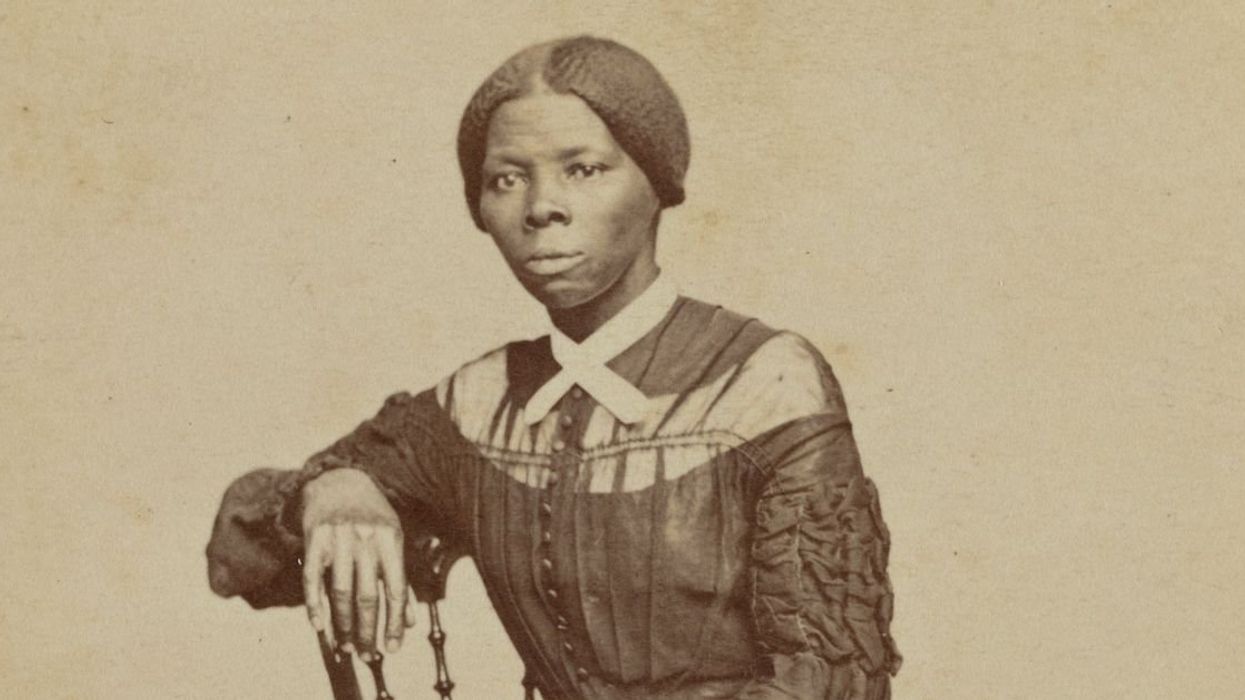As bad as this year’s flu epidemic has been, at least in the United States, most of us rest easy knowing that deadlier and nastier mass-murdering pathogens such as bubonic plague and smallpox live mostly in our collective memory. Or do they? As climate change melts longstanding permafrost, some scientists fear that “zombie pathogens,” which have been slumbering for centuries, might be waking up, threatening to overtake humanity again.
Permafrost refers to a layer of permanently frozen earth—it has to be frozen for a minimum of two years to qualify—found primarily in most continually frosty parts of the world such as the Arctic Circle, Greenland, Alaska and Siberia. According to National Geographic, there are some22.8 million square miles of permafrost in the world. Research has shown that Earth's permafrost heated up by 6 degrees Celsius during the 20th century and scientists predict even more dramatic melting by 2100. Not only will this raise ocean levels and exacerbate erosion, it may also mean a release of pathogens better left frozen.
The Atlantic’s Robinson Meyerreported that the permafrost’s active layer—where living things such as microbes tend to be found—now extends “much farther underground, and further north, than it has for tens of thousands of years.”
Of greatest concern to human health are viruses (such as influenza), those tricky, adaptable pathogens that can fell large numbers of people in a single outbreak. Viruses are also known to mutate and be difficult to kill. If they can survive a state of suspended animation, they might also be able to rise again. Meyer writes, “ An individual virion, the unit of viral existence, makes many copies of itself over its life cycle, but it never does something that can be described as living. It never breathes or mates. It punctures a cell’s wall, hijacks its protein factories, and forces it to make more of itself.”
Can something that doesn’t exactly live ever really die, then?
As The Atlantic reported, two well-known microbe hunters, a married couple, and professors of microbiology at Aix-Marseilles University, Jean-Michel Claverie and Chantal Abergel, began to investigate Russian permafrost in 2013. Claverie had read about a seed discovered 125 feet below the surface that appeared to have stayed in a state of suspended animation at 20 degrees Fahrenheit for tens of thousands of years. To test this, they brought it back to a lab and potted it with warm soil, where it sprouted.
Naturally, they wondered what else might come alive again in the right conditions, so they asked for a sample of the permafrost, warmed it to room temperature, offered up a bait amoeba and watched what happened under a high-resolution microscope.
Drawn by the bait amoeba, an ancient virus reared its zombie head: Pithovirus sibericum, 30,000 years old.
Claveriesaid, “It turns out the viruses we are getting [in the permafrost] are extremely abnormal, extremely fancy.”
Fancy, but harmless to humans, as are most of the viruses found so far in the permafrost (their victims are typically amoeba). But researchers continue to wonder if they will stumble upon something less benign.
After all, in 2016, alarge anthrax outbreakstruck Siberia after an Arctic heat wave melted a significant section of the permafrost, specifically warming up dead reindeer carcasses. Scientists were fairly certain their cause of death had been the bacteria Anthrax, as it’s a common killer of the beasts. As their corpses warmed, so did the Anthrax, which “woke” and spread to living reindeer grazing nearby and eventually to humans. Soon, dozens of people had to be hospitalized due to the bacteria, and one 12-year-old boy died. Given that there are some 7,000 reindeer “burial” sites in the permafrost, chances are high that this could happen again.
Scientists worried that if zombie anthrax had come back to life after being frozen for 70 years, what would be next?
Some researchersare skeptical that frozen pathogens pose any danger at all. So far most of what has been detected in the permafrost are the amoeba-eating variety of viruses. These viruses live in cold soil, typically deep underground, which makes it unlikely that they’ve adapted to human bodies, which are warm and above ground.
And anthrax is not necessarily a great example,NPR reported, calling it a “red herring.” Anthrax essentially hibernates as long as is necessary,sometimes for centuries, and comes awake again under the right conditions.Back in the Middle Ages, NPR notes, it was not uncommon to see fields of dead sheep in Europe, taken out by this hidden anthrax. The French called these fields champs maudits, or the "cursed fields."
However, researchers have found pieces of the 1918 Spanish flu virus, which killed more than 50 million people—in corpses buried in mass graves in Alaska's tundra. And given that there are tens of thousands of bodies in the millions of miles of permafrost across the United States, there's also likely smallpox and the bubonic plague.
Even more compelling is the case of Zac Peterson, a 25-year-old teacher who joined archaeologists on an excavation of an 800-year-old log cabin on the northern coast of Alaska in the summer of 2017. They were mostly excavating dead seal carcasses that had been mummified in the permafrost for 70 years before melting began to reveal them and allow them to decay.
Reporter Michaeleen Ducleff of NPR describes the archaeologists as being right up in the muck of it all, “The whole area smells like a rotting tuna fish sandwich. Peterson's pants are covered in black, oily goo.”
Toward the end of the trip, Peterson said, "I noticed a red spot on the front of my leg. It was about the size of a dime. It felt hot and hurt to touch."
The spot spread rapidly. "After a few days, it was the size of a softball," he said.
Peterson suspected he had picked up a rapidly spreading skin infection and he grew suspicious that it might have been a reawakened pathogen that had been kept dormant in the permafrost.
Michael Zimmerman, a paleopathologist at the University of Pennsylvania who studies animals and humans preserved in ice is doubtful. Hetold NPR, "We're dealing with organisms that have been frozen for hundreds of years," he says. "So I don't think they would come back to life."
When asked about viruses like smallpox or the 1918 flu, he said, "I think it's extremely unlikely.”
However, Ducleffe received an email from Zac Peterson after she’d visited the site. He wrote: "After kneeling in defrosted marine mammal goo ... doctors treated me for a seal finger infection," Peterson wrote. The photo he attached showed a purplish-red spot of infection on the front of his knee.
It turns out that seal finger is a bacterial infection typically acquired by hunters who handle seal body parts. It’s a nasty one, too, with the ability to spread quickly into joints and bones. In worst cases, people can lose fingers and hands.
Peterson’s infection was not formally tested to identify seal finger. They merely gave the standard treatment, antibiotics, to which it responded well.
But Petersen remains convinced. After all, the only seals he came into contact with were those at the archaeology site, and those had been frozen in permafrost for decades.
"Even if there's a possibility it was something else," Peterson wrote, "I still tell people that I got infected by an 800-year-old strain of a seal hunter's disease that was trapped in ice."
And it’s not just the benign melting of permafrost that worries some scientists. Plans to mine for minerals and petroleum in the Arctic, particularly in Greenland, will mean actively displacing a lot of permafrost, according toThe Atlantic, to the tune of millions of tons. This both concerns and excites Claverie, who said, “At once, you are going to excavate 16 million tons of permafrost that has not been moved or perturbed in a million years of time.”
Heaps of permafrost will sit in piles beside these mines, exposed to sun and air for the first time in millennia. “We are really reaching places where, if there are microbes infectious to humans or human ancestors, we are going to get them,” Claverie said.
It’s these older microbes that alarm researchers most with their mysterious methods. Will they be friend or foe? “No one really understands why Neanderthals went extinct,” Claverie said, hinting that it could have been a pathogen.
While scientists can’t help but probe what lies beneath the frozen earth, the rest of us can only hope that these deadly ancient pathogens do their best to stay dead.






 @PreetBharara/X
@PreetBharara/X @RepBrendanBoyle/X
@RepBrendanBoyle/X @twesq/Bluesky
@twesq/Bluesky @christopherharris/Bluesky
@christopherharris/Bluesky @evangelinewarren/X
@evangelinewarren/X






 @FrankC164/X
@FrankC164/X
 AMC
AMC